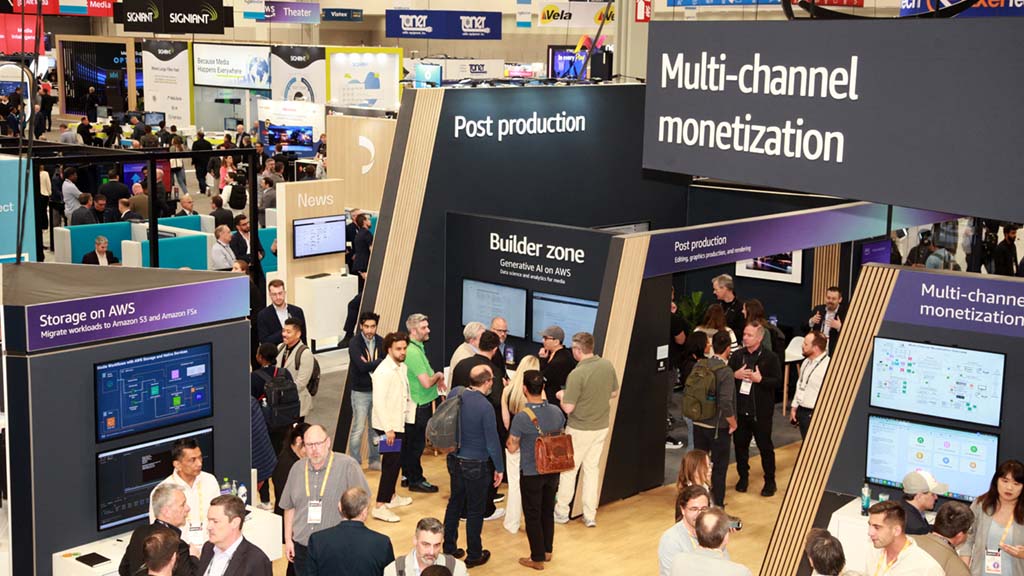Trading via Microwave
Last December I reported on high-frequency traders turning to microwave links to get critical data milliseconds before traders relying on fiber links. Phil Albinus at AdvancedTrading.com asks Is Trading Via Microwaves Ready for Prime Time?. He interviews Shawn Melamed, global head of Strike Technologies, about using microwave technology for high-speed trading. According for Melamed, there are probably 20 to 30 firms using microwave links today. Melamed said, “The technology has been around only for a year now – really live – but people have been using it. Some of the larger firms initially built it internally for their own trading purposes and not through a vendor. What you see now only recently is the rationale to build a commercial offering and we’re spearheading that (offering). The vendors who offer that tend to offer the economies of scale. It’s a very heavy expense, much harder than just buying from a teleco provider the same type of line.”
In the article Albinus asks Melamed about how his company deals with rain fade, limited bandwidth and privacy. In response to a question about using microwave for transatlantic links, Melamed responded, “Microwaves are a range in the electromagnetic wave spectrum that can transmit a signal between five to 50 miles. That’s the range. When you are looking to transmit longer range over large bodies of water, you have to look more to shortwave radios, which is closer to the AM FM spectrum.
The reality is the longer you move to this spectrum for transmission, you lose the bandwidth. So, if you move to short wave radio, you can only transmit a few bits at a time per second. So that becomes quite limiting for the data you can send over the ocean.”
The Verge: Could Aereo Push Broadcasters to go Cable-only?
Over a year ago I questioned whether Aereo's miniature antennas could really intercept enough RF to power individual tuners. Assuming Aereo actually is using a miniature antenna feeding each subscriber's individual tuner, the only way I can see this working is if the TV signals are first received using a large outside antenna or array of antennas to feed an amplifier that creates a very strong RF field in a cavity where the miniature antennas merely work as probes.
Aereo has upset the complex business relationship between viewers, advertisers, cable companies, and program suppliers that supports free, over-the-air broadcasting today. If that relationship is broken, could it be the end of free, over-the-air TV?
Chris Ziegler on TheVerge.com outlines a scenario that I hope can be avoided in his article, Crazy like a Fox: how broadcast networks could rake in billions by going cable-only – The FCC's upcoming incentive auctions are a convenient opportunity for broadcasters to stick it to Aereo — and make a quick buck doing it.
Ziegler concludes, “Rules for the incentive auctions aren't even set to be ratified until later this year with an actual auction not likely until 2014, so broadcasters still have plenty of time to stew on the concept. But for Aereo and consumers, the promise of a multi-billion-dollar payout to any network bold enough to turn off the switch should certainly be cause for alarm.”
The professional video industry's #1 source for news, trends and product and tech information. Sign up below.

Doug Lung is one of America's foremost authorities on broadcast RF technology. As vice president of Broadcast Technology for NBCUniversal Local, H. Douglas Lung leads NBC and Telemundo-owned stations’ RF and transmission affairs, including microwave, radars, satellite uplinks, and FCC technical filings. Beginning his career in 1976 at KSCI in Los Angeles, Lung has nearly 50 years of experience in broadcast television engineering. Beginning in 1985, he led the engineering department for what was to become the Telemundo network and station group, assisting in the design, construction and installation of the company’s broadcast and cable facilities. Other projects include work on the launch of Hawaii’s first UHF TV station, the rollout and testing of the ATSC mobile-handheld standard, and software development related to the incentive auction TV spectrum repack. A longtime columnist for TV Technology, Doug is also a regular contributor to IEEE Broadcast Technology. He is the recipient of the 2023 NAB Television Engineering Award. He also received a Tech Leadership Award from TV Tech publisher Future plc in 2021 and is a member of the IEEE Broadcast Technology Society and the Society of Broadcast Engineers.
